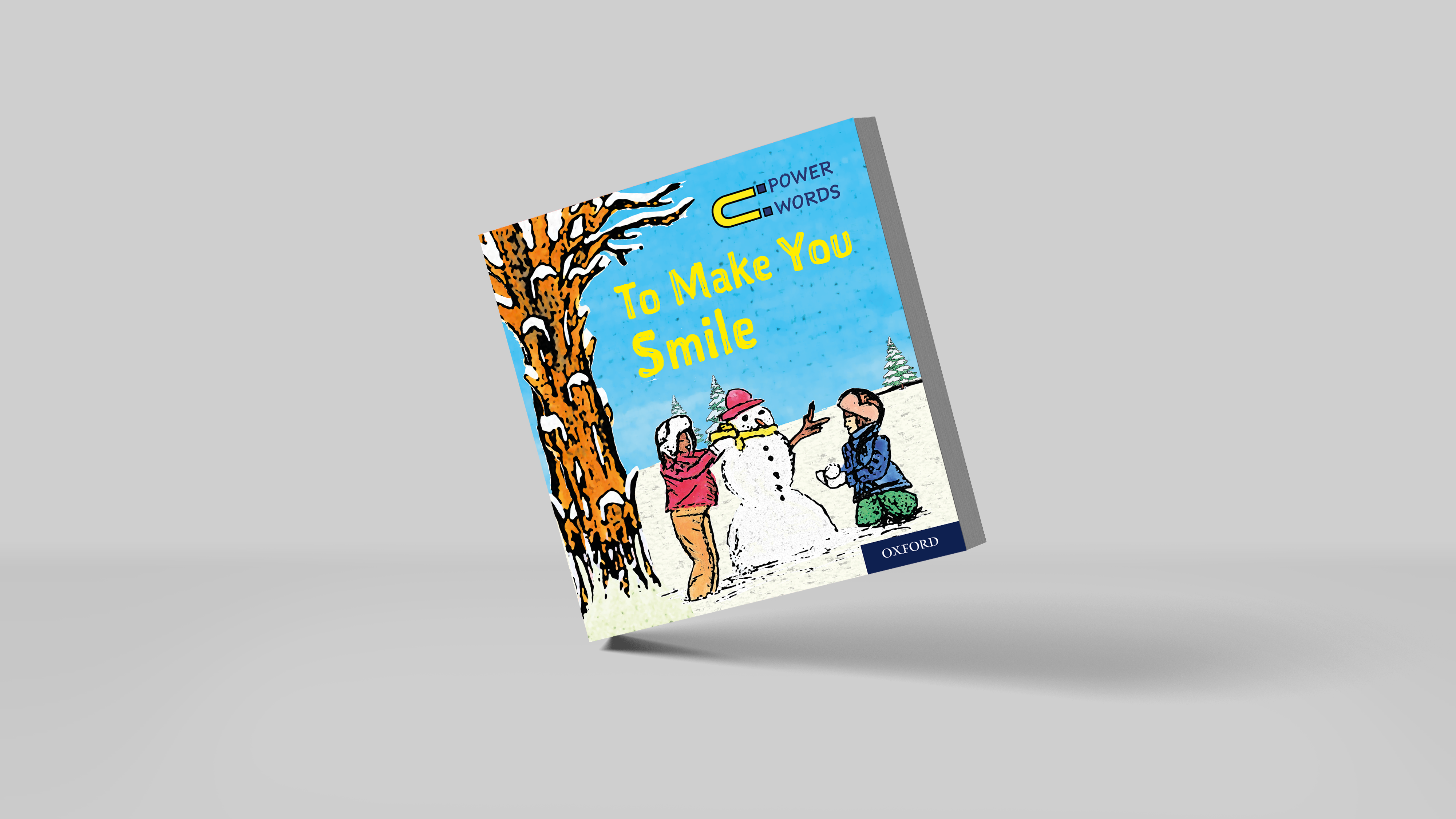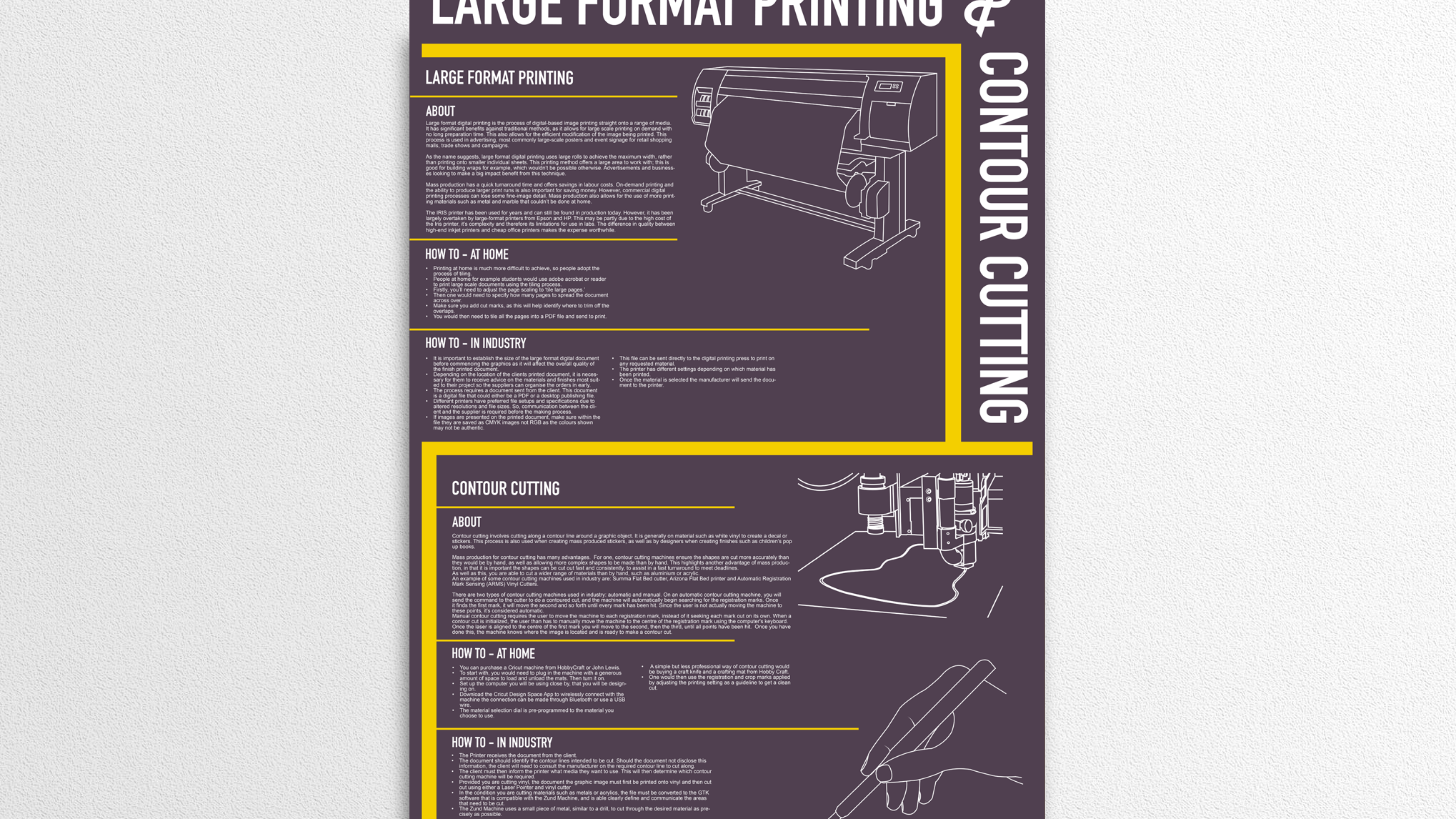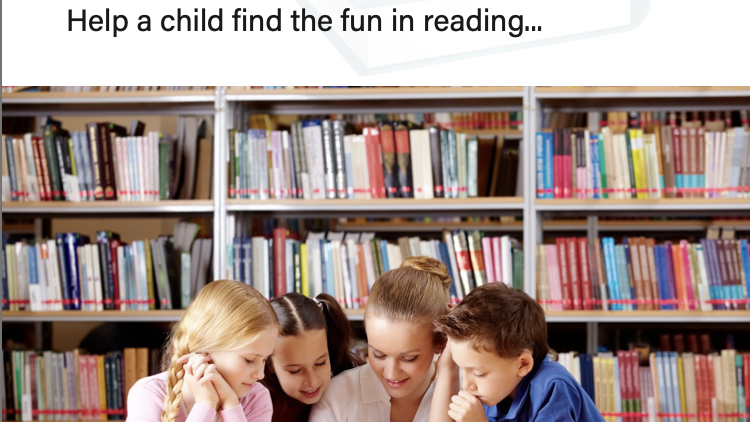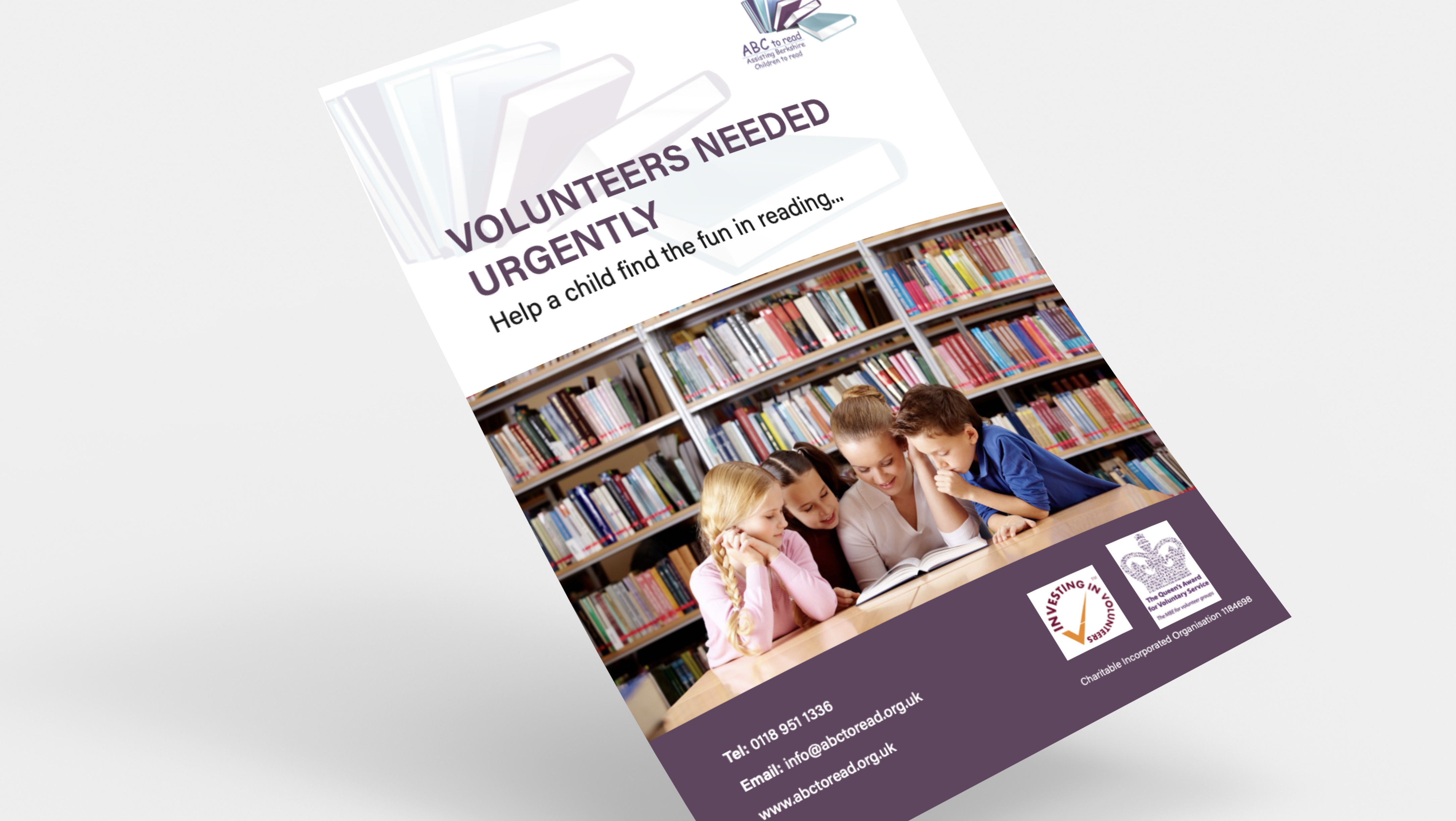This wonderful new indispensable magazine is called Adaptability. It is a ground-breaking disability magazine where each issue looks at a different topic: deafness, blindness, dyslexia and so on. Adaptability has an equal balance of images and text as well as bright and engaging illustrations and shapes. This is to ensure the audience is captivated throughout. The aim is to communicate to readers in a stimulating way and leave them feeling mesmerized and amazed.
Article page:
The start of article pages are clearly differentiated to the other pages; this is to communicate clearly to the audience, the start of an article/interview page. There is a subtle quirky blocky shape at the side of the article title to convey to the reader the start of a chapter. This shape has been applied to work in conjunction with the typeface ‘BC Liguria’. Both elements symbolise missing sections. These missing sections represent a ‘gap in one’s ability’.
Interview page:
The articles and interviews published are personal and have to be considered with respect; they need to be comprehensible and chic. There is a clear chain of hierarchy which helps the content to be more legible for the reader. The opening of article and interview pages are similar; however, the content is laid out differently. The content within the interview pages are broken up by the name of the interviewee in a quirky, red, semi-bold BC Liguria typeface. Adaptability wants to convey the important aspects of the interview to the reader, which is why it only shows the response of that particular interviewee. It works very nicely as the quirky typeface breaks up the responses. It also clearly differentiates interview and article pages effectively. This characteristic is consistent throughout.
The grid used is 6x9. This gave the design of the magazine more flexibility. The gaps between text and imagery are consistently different due to the images being strictly aligned to the grid. This was suitable for Adaptability as the disability genre allows for a serious structure that is less playful than other independent magazines.
The magazine didn’t want to be serious to the point of boredom; we adapted it to be more unconventional by adding eccentric blocky shapes. The shapes have been included in different areas of the magazine. The shapes have been used to embed lists to add a bit more character to the magazine as well as creating a more interesting and dynamic look.
Adaptability needs a balance of text and imagery. We have included real life images of the individuals featured in the magazine to make it more personal for our readers and for the magazine itself. It is important to see the face behind the text as it allows us to see the whole picture. For example, article two: Uni, career, marriage and becoming a mum. What we see in the images and read in the text, is a successful cochlear implanted woman who has had a very fulfilled life. Adaptability provides that all around personal experience to inspire others.
The logo design includes the quirky blocky shape. In the animation, the blocky shapes move from feeling disjointed to them being connected. The brand name Adaptability is separated and then brought together to communicate to individuals that everyone can adapt their ability to do anything. The unconventional shape works splendidly with the main typeface chosen for the magazine.
The cover of each issue has a degree of similarity with the captivating typeface and shapes, maintaining the strong identity of the brand. The layout of the masthead remains the same due to the length. It is difficult to adjust the positioning without leaving it disconnected. In terms of future covers, the masthead positioning will stay put. The thought process behind Adaptability was that everyone can ‘adapt’ their ‘ability’ to do anything.






